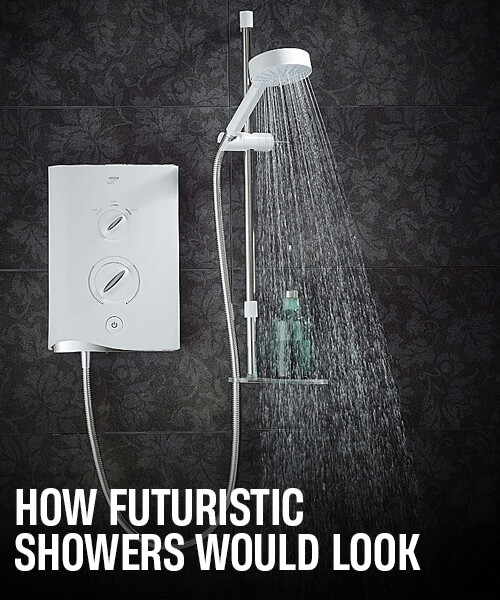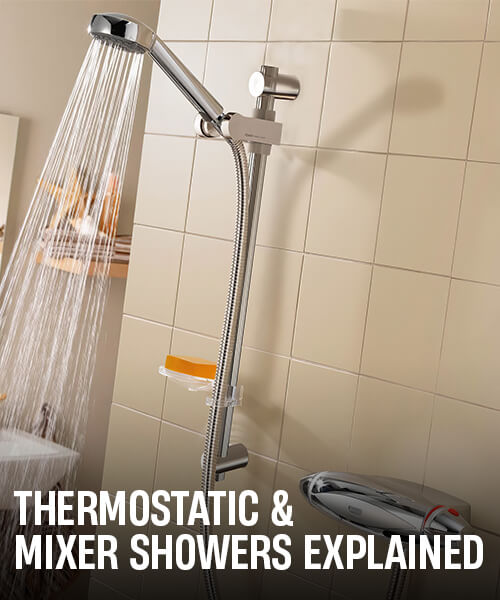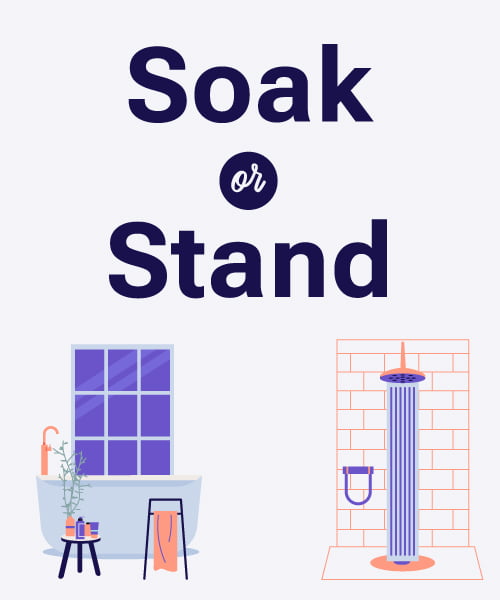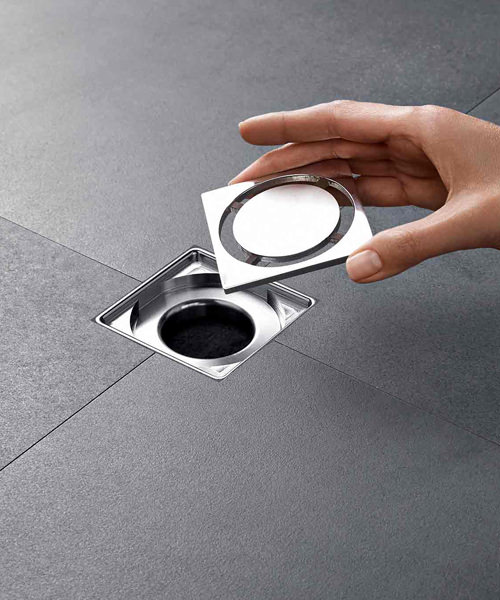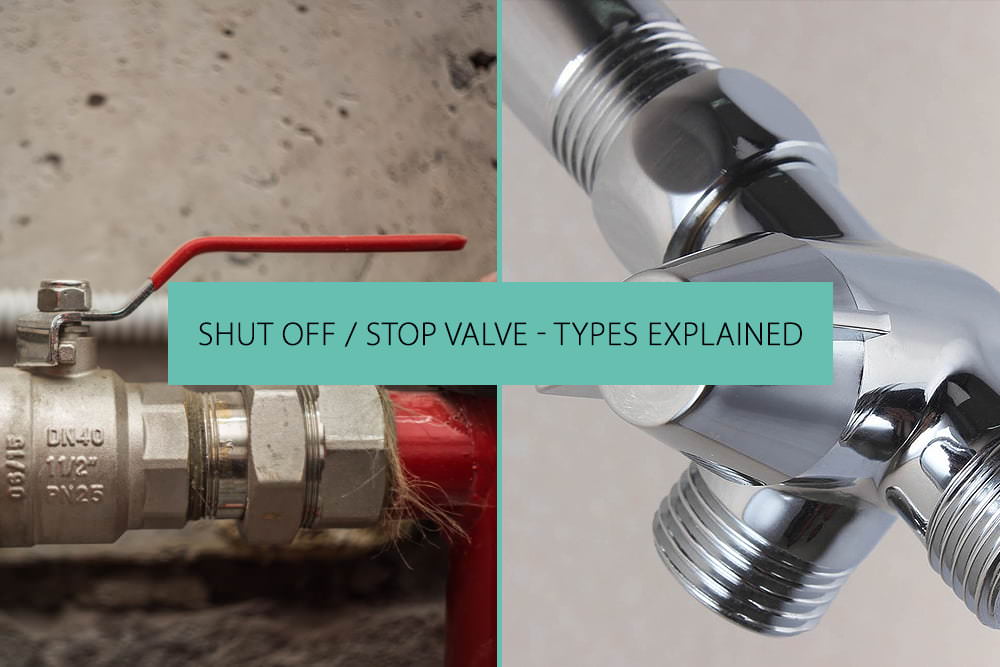
While shut-off or stop valves have not changed much since their original invention many years ago, home plumbing technology is evolving. Consumers now favour smart technology to control and monitor their homes. Homeowners want to save water, conserve energy and the ability to respond to a plumbing emergency quickly and efficiently.
Shut-off valves are manufactured to meet various specifications. These also come with different designs and mechanisms. These may be angled or straight to accommodate the flow pattern of the liquid flowing through. Types of stop valves are mentioned below
Ball Valves
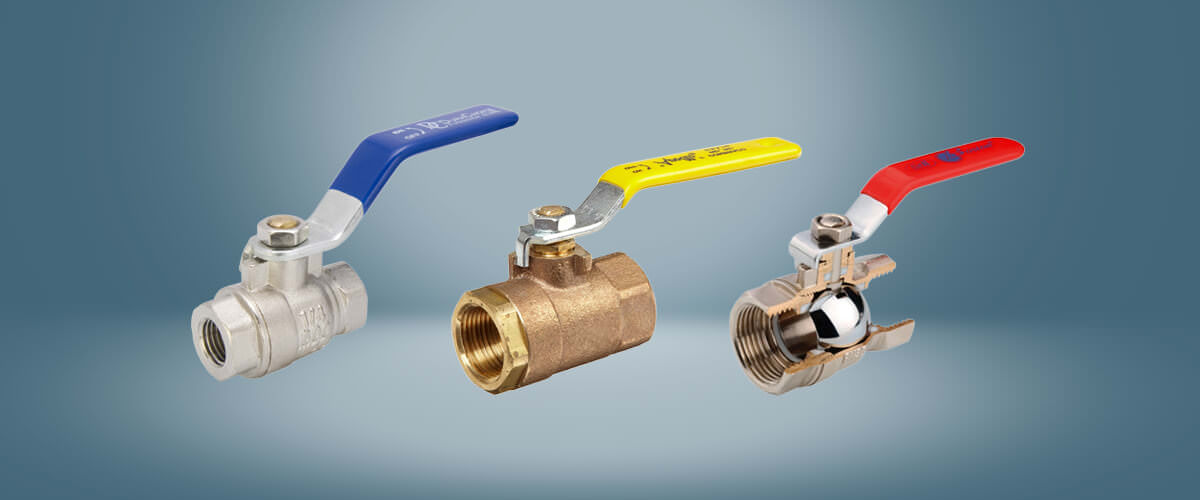
A ball valve is designed with lever handles and works with a short 1/4 turn of the lever handle. This type of valve is usually installed at the main water shut-off point in the plumbing system. There is a metallic ball inside with a hole in the centre. The open valve is aligned with the direction of the water pipe, and the water flows through. On closing the handle, the ball rotates, closing the hole, thereby shutting off the flow.
Gate Valve
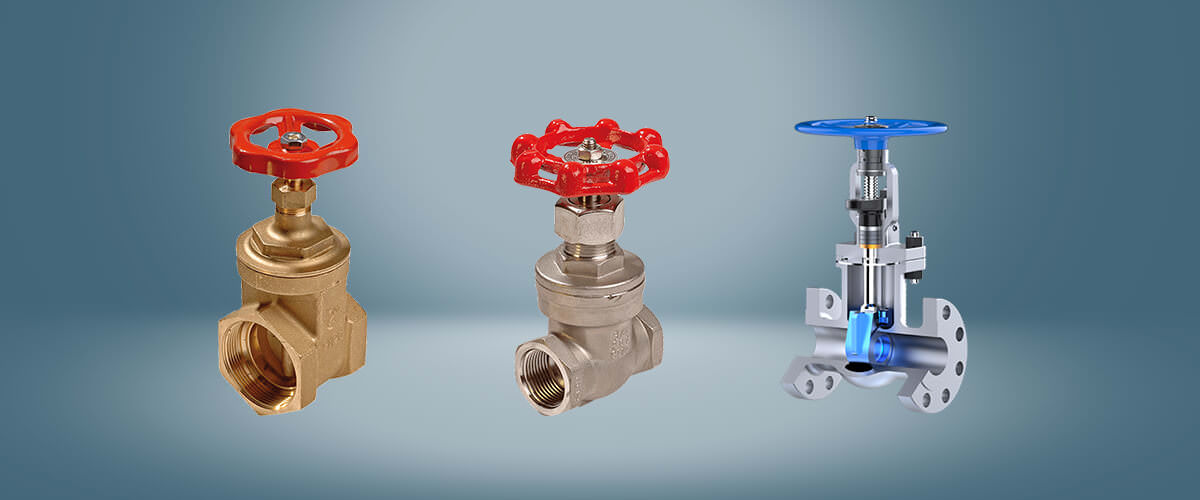
A gate valve features a metallic gate inside the valve body which is used to turn it on and off. A circular handle lowers and lifts the gate; when the gate is lowered, the flow of water stops. The Mechanism of working is similar to the ball valve, enabling either full flow or complete shut-off of the water. Controlled or variable flow is not possible. Such valves usually find use in industrial applications such as boilers.
Globe Valve
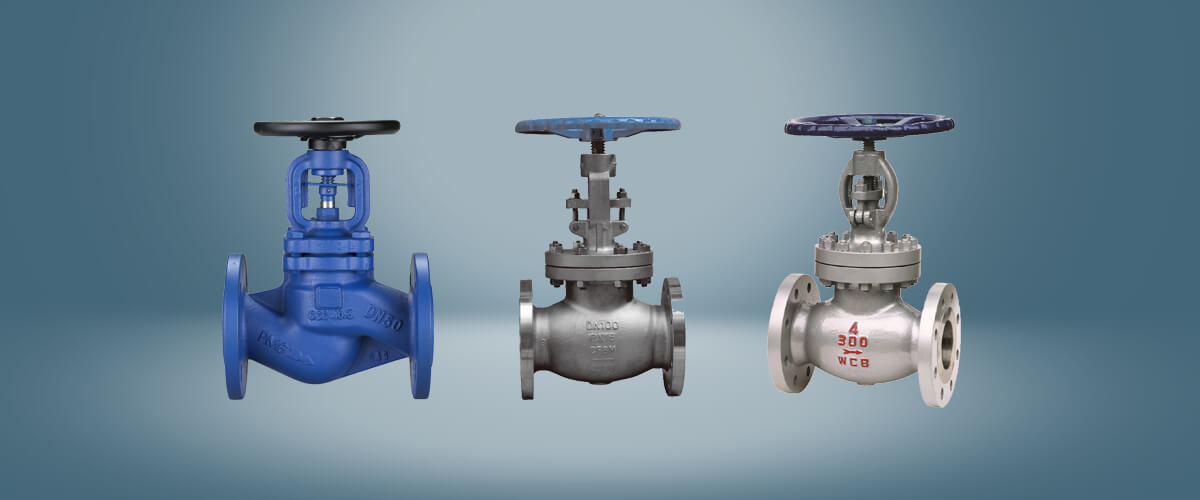
A globe valve has a rounded body similar to a ball valve. However, unlike a ball valve, a globe valve can be adjusted to regulate the water flow that passes through. Such valves are often seen in applications that require a variable flow pattern, such as those leading to outdoor water spigots.
Angled/Straight Valve
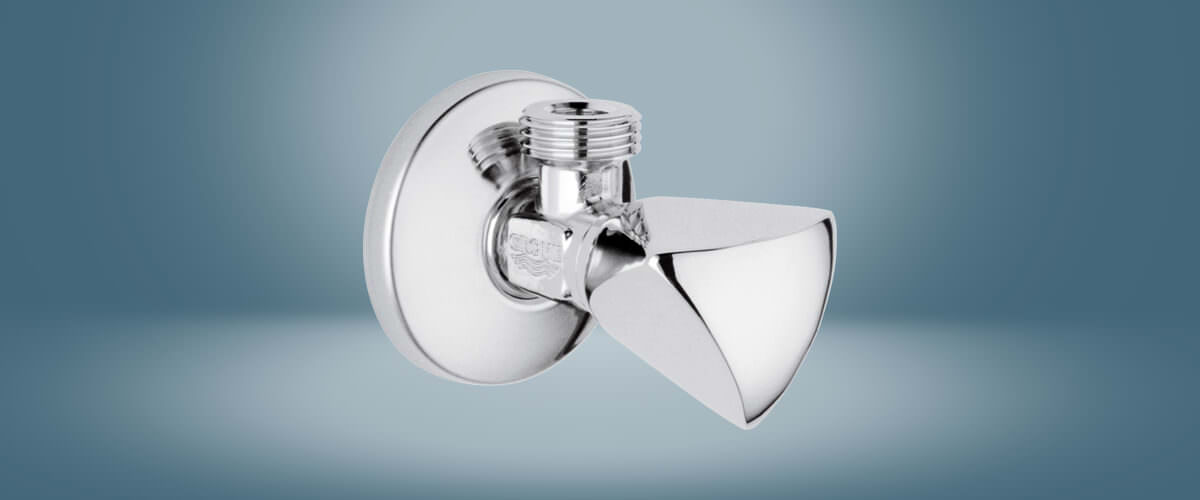
These valves are usually seen near individual fixtures and control the flow of water to that particular fixture. These are quite useful during repairs and restoration to a specific fixture to stop water flow only to that fixture while the rest of the elements function as normal. An angled shut-off is designed for water flow that needs to flow at an angle, while straight valves facilitate a linear flow and shut-off of water inside a pipe.
Smart Shut-off Valves
Picture this scenario; you’re away on holiday. What if a serious leak develops and you’re not at home to detect it immediately? With the advent of smart shut-off valves, this can be sorted before expensive damage is done. Smart shut-off valves combine sensors (to detect leaks) and a motorised valve that will be activated in the event of a leak. They function using Wi-Fi, and the homeowner can install an app on their phone.
A smart shut-off valve is electronic and can be opened or closed manually or at a click of a button from anywhere. These valves are usually installed on the main water line and allow you to quickly stop the water flow in an emergency and minimise costly damage. But what if the internet is down? Most smart shut-off valves will still work if the internet is down, but you will lose the alerting function on your app together with the “close” function.
Smart home protocols to consider include Zigbee, Z-Wave, Thread, Bluetooth, and Infrared. Talk to your plumbing supplier about which suits your home best.
Click Here, to view our range of Stop Valves.



